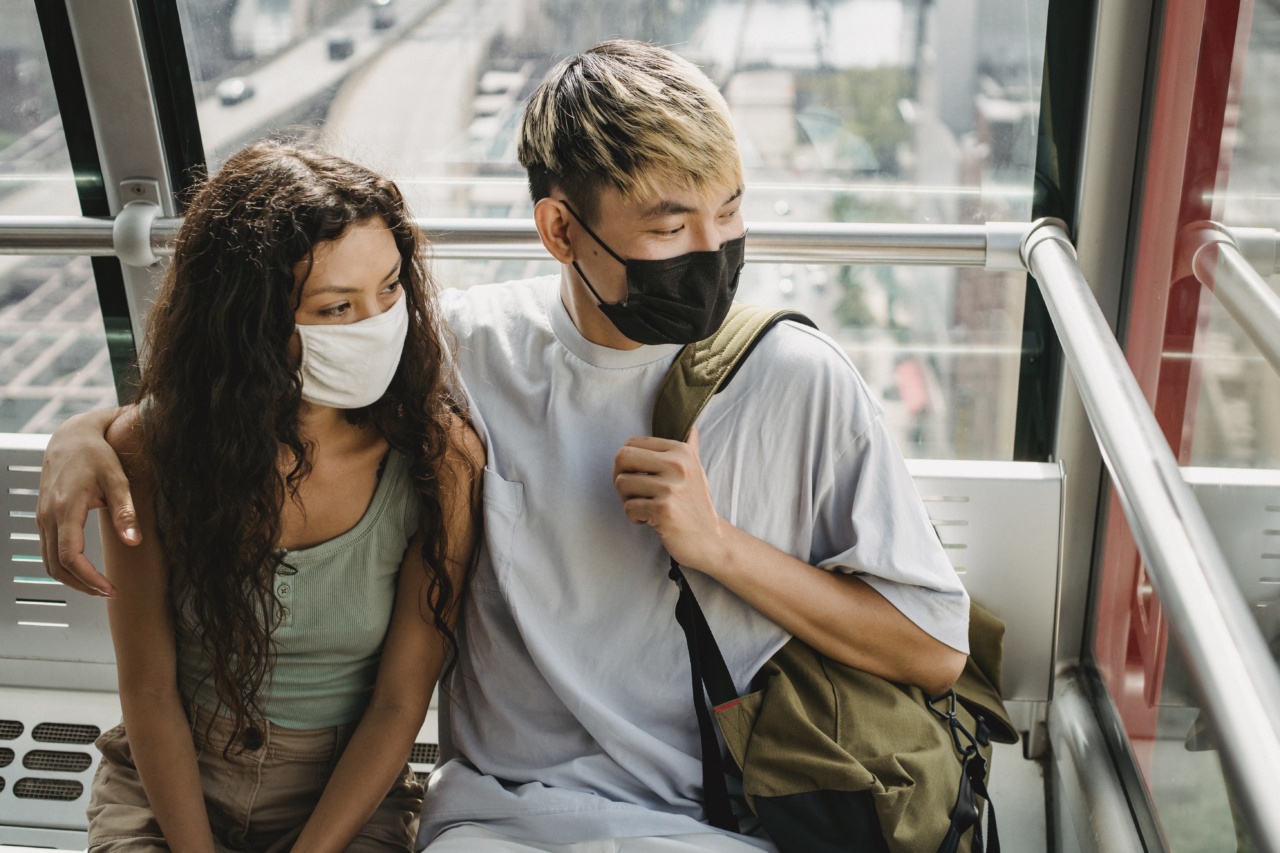Air travel has become one of the most convenient and popular modes of transportation in today’s world.
However, for individuals who are at risk of venous thrombosis, there are concerns about the safety of air travel and the potential risks it may pose. Venous thrombosis, commonly known as blood clots, can be life-threatening if not diagnosed and treated promptly.
In this article, we will examine the safety of air travel for individuals at risk of venous thrombosis and discuss the measures that can be taken to minimize the associated risks.
Understanding Venous Thrombosis
Venous thrombosis occurs when a blood clot forms within a vein. It is most commonly seen in the deep veins of the legs, a condition known as deep vein thrombosis (DVT).
If a blood clot dislodges from its site of formation and travels through the bloodstream to the lungs, it can lead to a life-threatening condition called pulmonary embolism.
Risk Factors for Venous Thrombosis
There are several risk factors that increase the likelihood of developing venous thrombosis. These include:.
- Prolonged immobility
- Recent surgery or injury
- Pregnancy
- Use of hormonal contraceptives
- Medical conditions such as cancer and clotting disorders
Specific Risks of Air Travel
Air travel itself poses some specific risks for individuals at risk of venous thrombosis. These risks can be attributed to the unique environment and conditions within an aircraft.
Prolonged periods of sitting in a cramped space can lead to reduced blood flow in the legs, increasing the risk of blood clot formation.
Additionally, decreased cabin pressure and lower oxygen levels inside the aircraft can contribute to dehydration and increased thickness of the blood, making it more prone to clotting. Moreover, the dry cabin air can cause discomfort and swelling in the legs, further exacerbating the risk.
Precautions and Preventive Measures
Despite the risks associated with air travel, there are several precautions and preventive measures that individuals can take to minimize their risk of developing venous thrombosis:.
- Stay hydrated by drinking plenty of fluids before, during, and after the flight.
- Avoid alcohol and caffeine as they can contribute to dehydration.
- Wear compression stockings to improve blood flow and reduce swelling in the legs.
- Perform leg exercises at regular intervals during the flight, such as ankle rotations, leg lifts, and calf stretches.
- Get up and move around the cabin whenever possible to promote blood circulation.
- Avoid crossing your legs while seated.
- If you have any underlying medical conditions or concerns, consult your healthcare provider before traveling by air.
Medical Intervention
In some cases, individuals at high risk of venous thrombosis may require medical intervention to reduce their risk. This may involve the use of prophylactic anticoagulant medications, such as heparin or aspirin, before and during the flight.
However, these medications should only be taken under the guidance of a healthcare professional.
Conclusion
Air travel can be a safe mode of transportation for individuals at risk of venous thrombosis if appropriate precautions are taken.
By understanding the associated risks and implementing preventive measures, the likelihood of developing blood clots during air travel can be significantly reduced.
It is important for individuals to be aware of their own risk factors and to consult with their healthcare providers to assess their individual risk profiles and determine the most appropriate measures to minimize the risks associated with air travel.





























